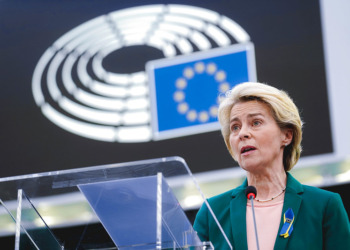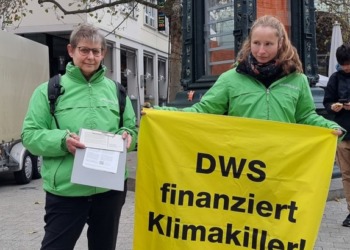Mexico City and its Metropolitan Area constitute one of the largest urban areas in the world. The lack of planning in its urban development has resulted in the sustained growth of the peripheries, increasing the problem of uneven distribution of infrastructure and urban services.
With a population of over 20 million inhabitants, the Metropolitan Area of Mexico City (MAMC) represents 18.3 percent of the total population of the country, of which 8 million are in Mexico City. The MAMC has an urban sprawl of 7.954 km2, this large territorial extension has caused the proliferation in the use of vehicles. Alone in Mexico City there are 5.3 million registered vehicles, of which 80 percent are cars for private use, 13 percent is cargo transportation and 6 percent is public transport. A similar number, 5 million, is how many use the Metro system every day. These numbers make it one of the most congested cities in the world, with an average transfer time of 1 hour and 21 minutes.
Photo Credit: ProCDMX
The challenges that congestion causes to the quality of life are many, such as poor air quality, loss of time due to transportation and loss of productivity, not to mention the high cost of owning a car. The organization Sin Tráfico, revealed that a citizen of Mexico City pays 37 thousand pesos annually on gasoline and maintenance, which is equivalent to 3 months of their salary. On top of this citizens lose almost eight days a year in traffic. It is no surprise that Mexico City occupies the 127th place in the world ranking of quality of life.
It is of the utmost importance that we start to make cities inclusive, safe, resilient and sustainable since “95% of urban expansion in the next decades will take place in developing countries”. Cities are the backdrop of some of the greatest issues facing humans, and we must change the paradigm and the inertia so we can propose actions that produce different results. This is possible by having new development schemes based on the necessity to give citizens a better quality of life.
Related Article: “HOW SUSTAINABLE TRANSPORTATION DRIVES SUSTAINABLE CITIES”
Efficient mobility is fundamental for the correct functioning of the city. Poor mobility reduces the quality of life and impedes social cohesion. This represents a loss of competitiveness and damages the health of the inhabitants. On returning to the human scale design, making the priority its people and not the cars, we are favoring social encounter, community life, security, and incrementing the quality of urban life. The cost of improving the mobility system in the city is minimal in comparison to the benefits. That is why it is so important to pursue the implementation of the Sustainable Development Goals, in particular, SDG 11: “Make cities and human settlements inclusive, safe, resilient and sustainable”. To contribute, ProCDMX, in collaboration with Sin Tráfico, has come up with the idea of Productivity Quadrants to restore social cohesion and make the existing urban infrastructure more efficient.
The vision of the Productivity Quadrants is based in the implementation of 8 strategic actions in the areas of the city with mobility problems. Some of them have no tangible cost, but they are implementation strategies that have the potential to drastically improve the quality of life of citizens and therefore, their happiness.
 In the photo: Collaborative Parking Photo Credit: Ismael Villafranco/FLICKR
In the photo: Collaborative Parking Photo Credit: Ismael Villafranco/FLICKR
OBJECTIVES OF PRODUCTIVITY QUADRANTS
The goal of the Productivity Quadrants is to give time back to the citizens to devote to what makes them happier. In essence, they are geographic areas with inefficiencies of mobility, that support economic activities and attract daily commutes of workers. Through the 8 strategies of improvement mobility, they will become highly productive areas.
The Productivity Quadrants is a holistic vision of sustainable mobility initiatives; innovative solutions that, in principle, result in economic improvements by increasing the productivity of individuals, but which are aimed at improving the quality of life of citizens. This is reflected in positive increases in the Happiness Index.
The principal objectives concentrate on:
Innovation: To devise, develop, evaluate and measure large-scale sustainable mobility initiatives.
Economy: By increasing the productive time of the people – economic activity is increased.
Solutions: To turn the unproductive time of people into productive time for their personal use.
Happiness Index: The level of personal satisfaction that people experience as a result of the integral development of the different facets that make up their life balance.
METHODOLOGY
The methodology is structured in 4 steps. The first is identifying relevant zones with the greatest number of trips made due to work related activities, in personal vehicles and in the public transport services. Next, an analysis is made of the traffic conditions, this considers routes and times of transfer between zones, at different times of the day and on different days of the week.
Then an evaluation of the records is performed of road speeds and travel times. With the generated data, the productivity is quantified and potential growth of every studied area; by measuring the time retrieved per person and zone as a result of each mobility initiative.
Finally, the benefits are quantified by calculating the economic benefits in productivity based on the average salary of professionals in the area. This is then quantified by the impact of each mobility initiative on the Happiness Index.
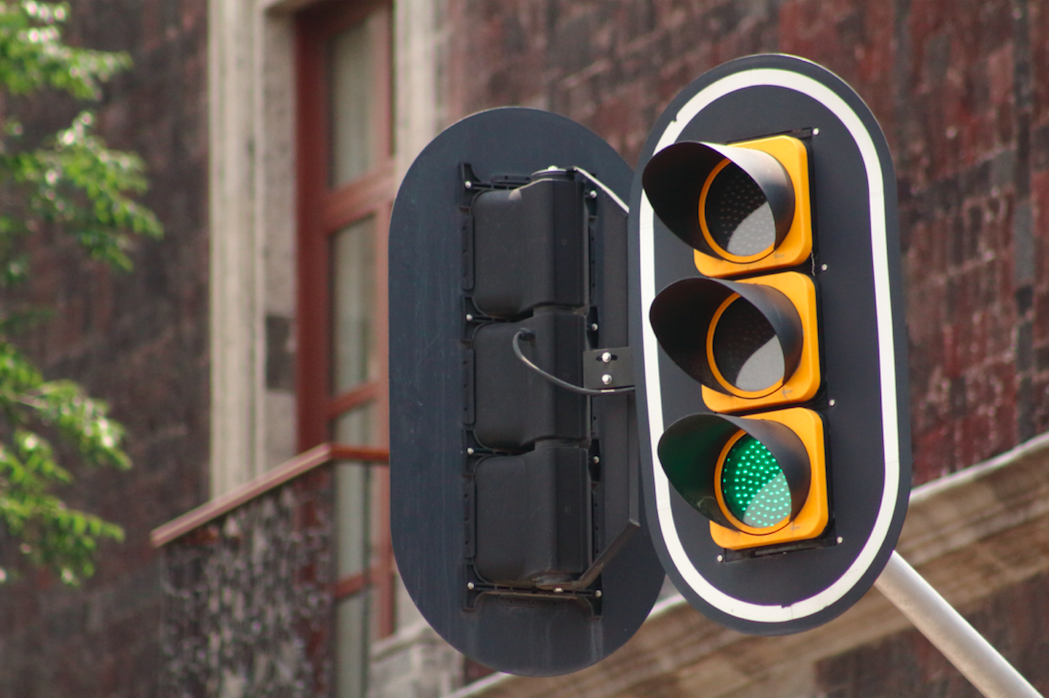
In the Photo: Traffic Light Synchronization Photo Credit: Adrián Cerón
INITIATIVES FOR A SUSTAINABLE AND PRODUCTIVE MOBILITY
The 8 initiatives are divided into two categories: Short Term and Long Term. Short-term strategies include Schedule Strategy, Remote Work, Logistic Corridors and Collaborative Parking.
The long-term strategies include Transport-Oriented Development, Optimization of Conflicting Intersections, Synchronization of Traffic Lights and Remote Study and Training Centres.
The characteristics of each follow:
- Diverse Working Schedules – modifying the working hours of entry and exit, to distribute the road demand throughout the day and reduce traffic peak hours. This will reduce road congestion and lower the daily transfer time spent by people.
- Remote Work – employees working remotely from their residence, avoiding the transfer to and from work. This will reduce the demand for transport and the total time people spend on transfers, thus increasing their productivity.
- Logistic Corridors – are confined lanes exclusively for cars or vehicles carrying 2 people or more, or transport of cargo at certain times of the day. This will reduce the number of vehicles on the streets to reduce road congestion and its negative impacts, including longer travel times.
In the Photo: Logistic Corridors Photo Credit: Jamie Street
- Collaborative Parking – a sustainable urban development strategy that consists of people marketing their unused parking spaces with other people.
- Transport Oriented Development – or TOD, an approach that focuses on a mix of land uses around a transit station, where the connection is pedestrian orientated. Increasing the opportunity of living near the workplace reduces car travel, traffic congestion, and air pollution, and improves the quality of life.
- Optimization of Conflicting Intersections – the intervention of saturated intersections, either with signaling, regulation, and continuous turns or with infrastructure. The objective of this strategy is to reduce the waiting times.
- Synchronization of Traffic Lights – synchronizing cycles of traffic lights to reduce the transfer times in traffic lights, thereby reducing stops and delays.
- Remote Study and Training Centres – implementation of remote study centers, from which distance learning programs can be taken. The objective of this strategy is to eliminate the travel times taken to attend learning spaces.
In the Photo: Remote Study and Training Photo Credit: Štefan Štefančík
BENEFITS OF THE INITIATIVES
The initiatives have several positive impacts; reducing pollutant emissions by reducing transportation times has positive impacts on the environment, and by extension, public health. Transforming lost time in transit into productive time and also in personal time. This is a result of introducing more productive public infrastructure that allows, for example, to have Wi-Fi connection on public transport.
Another benefit is the reduction of gasoline costs by reducing transfer times within the city. This has a direct impact on the disproportionate amount of money spent on gasoline by families working in and around Mexico City, which as stated earlier on, is a major financial cost for many.
Reducing congestion is the overarching benefit that has a trickle-down effect on the aforementioned positive impacts. For example, having diverse working schedules benefits people who move on tight schedules, by eliminating daily transfers for the people who relocate on remote work, the reduced congestion benefits the entire population of the city.
Recommended Reading: “BUILDING SAFE RESILIENT URBAN SPACES”
HAPPINESS INDEX
The Happiness Index, represents the level of personal satisfaction that people experience as a result of the integral development and the balance of the different aspects of their life. The Productivity Quadrants have a positive impact on the Happiness Index, by giving back time to the citizens to develop and enjoy their personal life.
 IN THE PHOTO: Transport Oriented Development Photo Credit: ProtoplasmaKid
IN THE PHOTO: Transport Oriented Development Photo Credit: ProtoplasmaKid
For example, if a worker changed his office schedule, from 7:00 am to 16:00 pm instead of 8:00 am to 17:00 pm. By leaving home an hour earlier it will save on average, 42 minutes a day, 3.5 hours a week, 15 hours a month and 180 hours a year; which is equivalent to 7 days per year. The possibility to use this saved time for a personal interest (sports, family, academic, etc.), affects the Happiness Index.
If 10 percent of the population takes this initiative, the overall impact could bring 540 million pesos to the economy, 50 minutes of saved time a day per person, and 5 million hours that could be recovered per year.
This is only the impact of applying one strategy, so the benefits of implementing the 8 strategies of improvement mobility could represent improvements on the overall economic productivity of the city.
![]()
To become a sustainable city, Mexico City must rethink its course, in terms of urban, social and economic development. In order to make it happen, it will be fundamental to understand the city as a complex system, composed of several smaller scale systems intrinsically related to each other.
Acting in a sustainable way is to design and build cities at a human scale where all citizens enjoy a decent quality of life and have the opportunity to be a part of the productive dynamics of the city, to share prosperity and social stability without harming the environment.
Therefore, it is imperative to implement an efficient and integrated system of metropolitan mobility that can move the inhabitants of the urban periphery to the central city and vice versa. To improve the connectivity in the city we need to take an integral approach, therefore one of the strategies in the long term includes the TOD. The only way to stop urban sprawl is to densify the central city of the Metropolitan Area.
The Productivity Quadrants are in many cases strategies that could be implemented using project management skills, delivering instant benefits to the environment, the economy, and most importantly to the quality of life of its citizens.
I am aware that this alone will not solve the complex challenges of mobility that Mexico City faces, but I am certain that it is a great step towards finding a concrete solution and pursuing the implementation of the 11th goal of the Sustainable Development Goals.
 PROCDMX is the state-owned company of Mexico City government, which seeks to invest in the urban development of the city. Created in 2007 by a Decree of the City Mayor as “Quality of Life, Progress and Development for Mexico City”. The name changed to “Agency of Promotion, Investment and Development for Mexico City” – PROCDMX, since February 2015. At present, is a consolidate public company with healthy, transparent, and innovative finances.
PROCDMX is the state-owned company of Mexico City government, which seeks to invest in the urban development of the city. Created in 2007 by a Decree of the City Mayor as “Quality of Life, Progress and Development for Mexico City”. The name changed to “Agency of Promotion, Investment and Development for Mexico City” – PROCDMX, since February 2015. At present, is a consolidate public company with healthy, transparent, and innovative finances.
EDITOR’S NOTE: THE OPINIONS EXPRESSED HERE BY IMPAKTER.COM COLUMNISTS ARE THEIR OWN, NOT THOSE OF IMPAKTER.COM FEATURED PHOTO : Bellas Artes Palace and Nighttime Traffic CREDIT : Marmened/FLICKR
Further Reading
UN-HABITAT, 2016. Sustainable cities: Why they matter. United Nations Official Document, n.d.


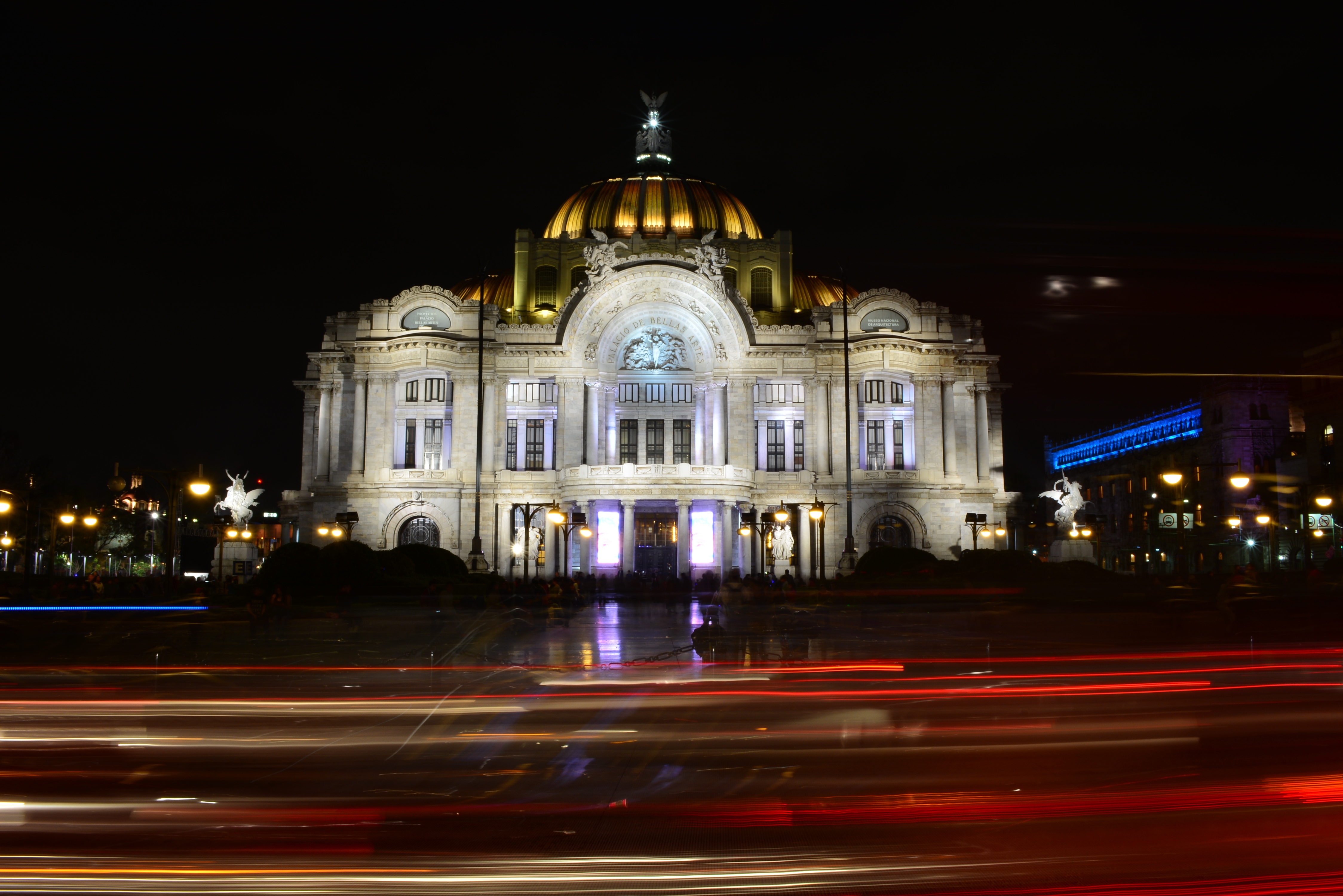
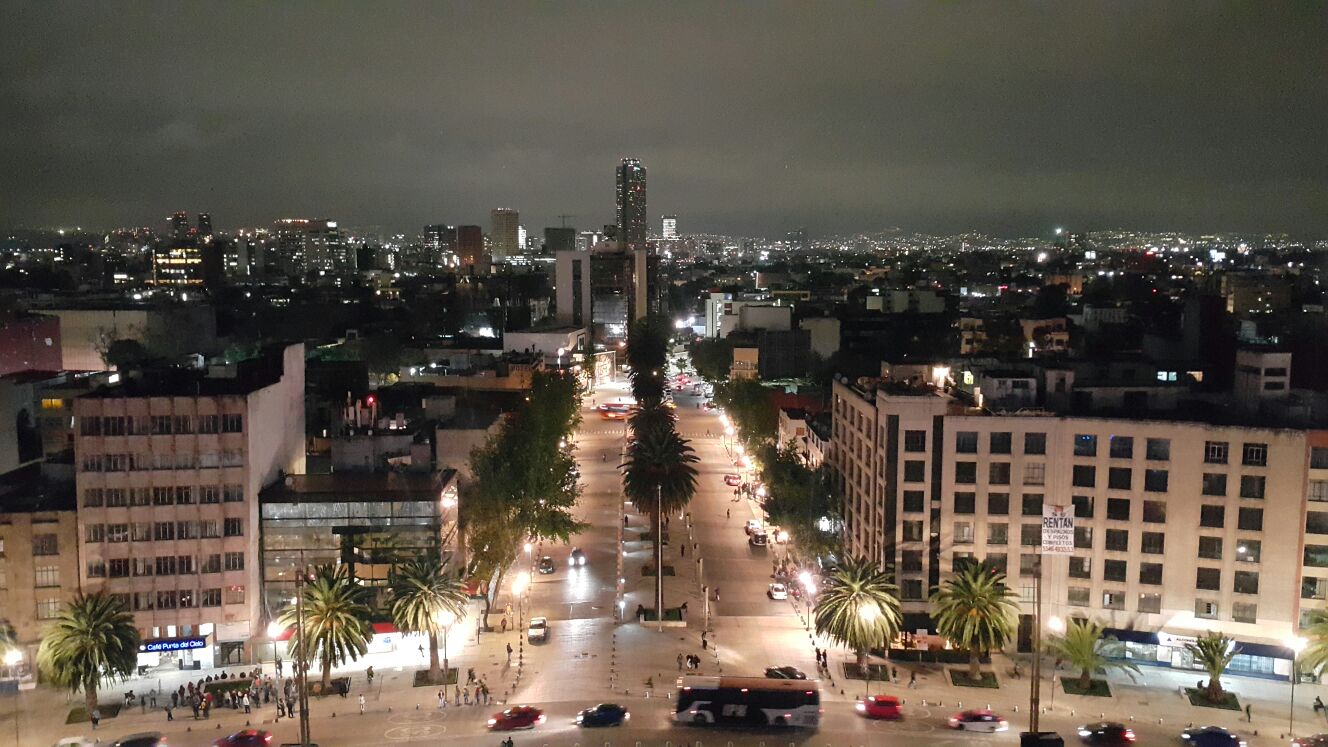
 In the photo: Collaborative Parking Photo Credit: Ismael Villafranco/FLICKR
In the photo: Collaborative Parking Photo Credit: Ismael Villafranco/FLICKR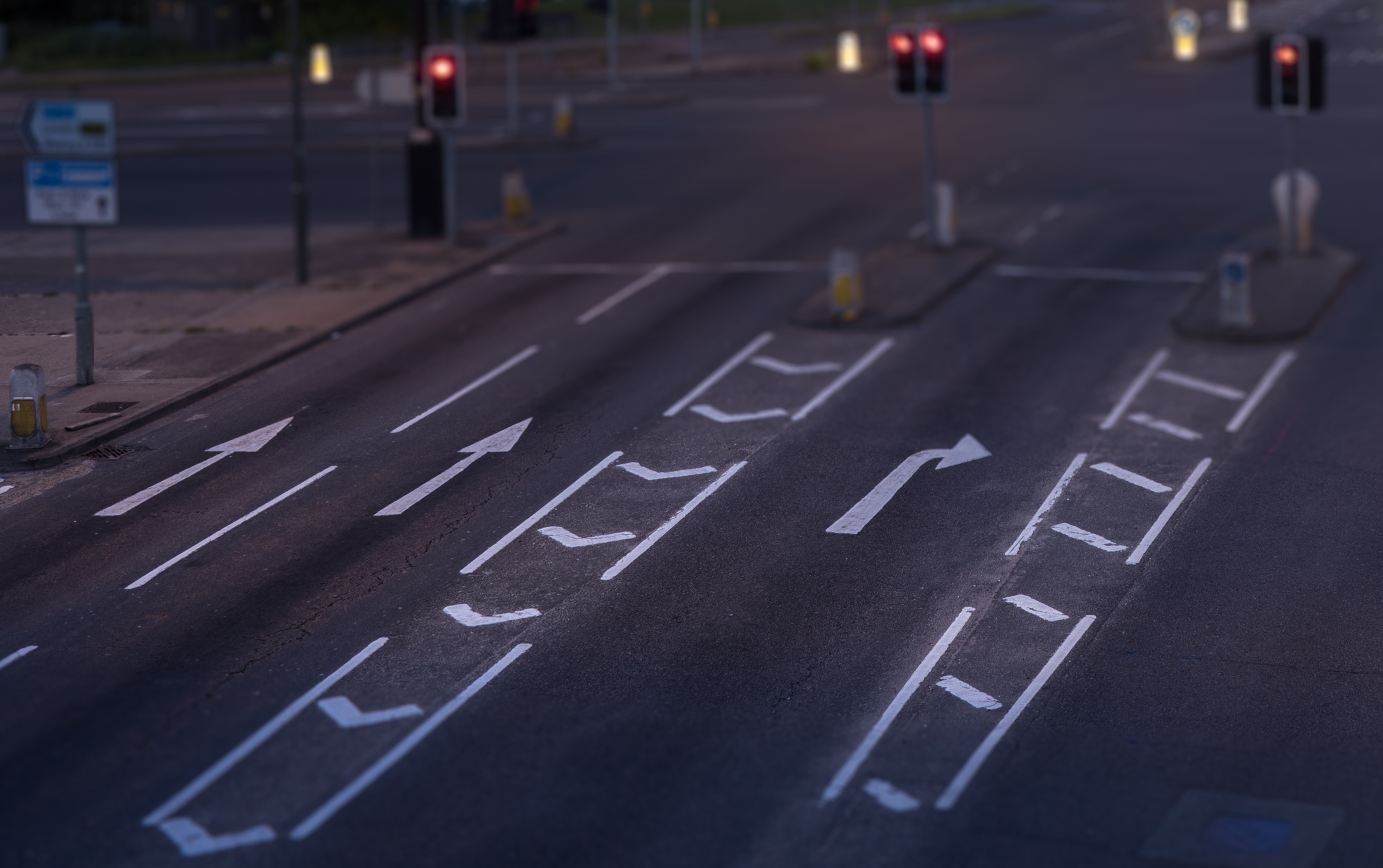

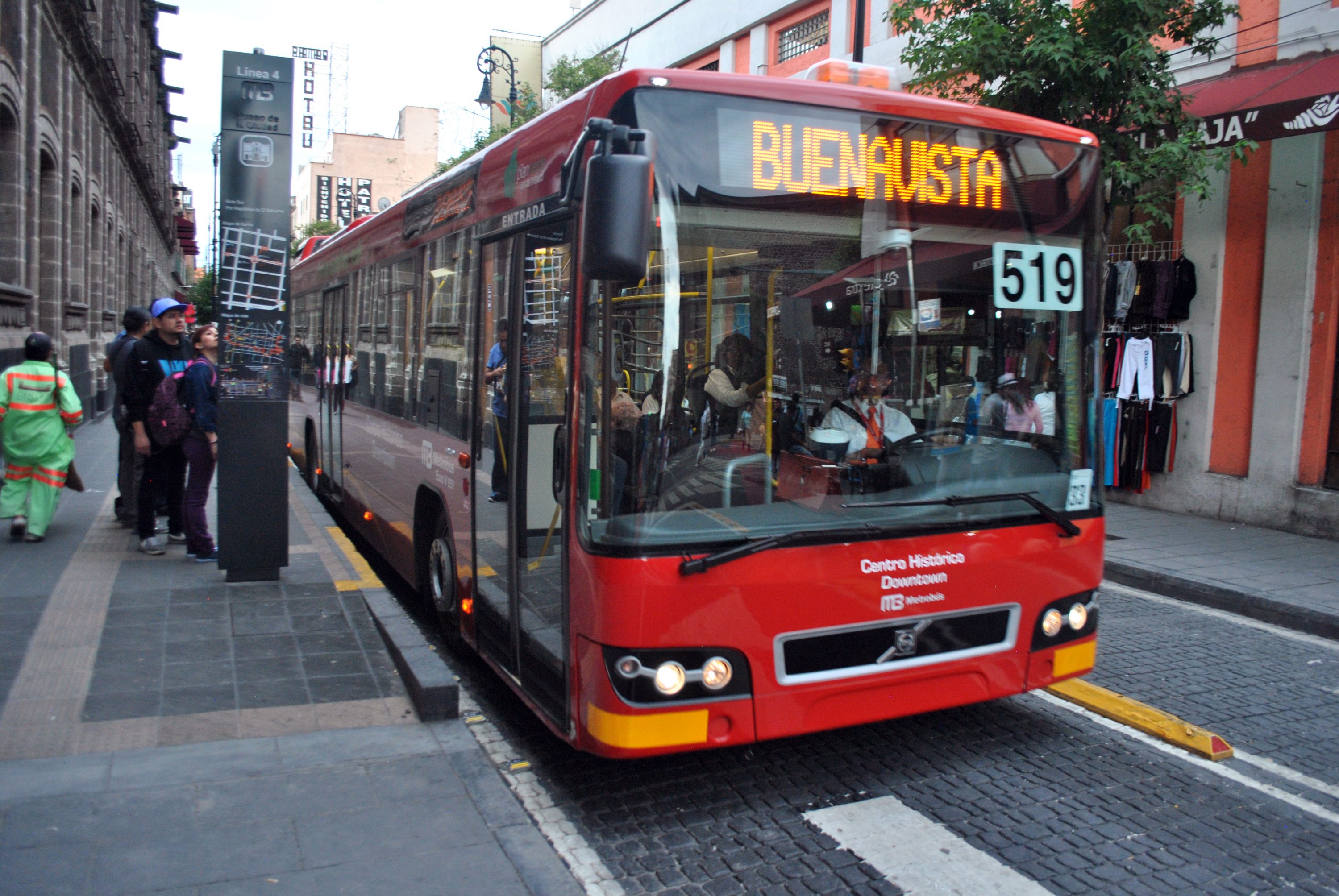 IN THE PHOTO: Transport Oriented Development Photo Credit:
IN THE PHOTO: Transport Oriented Development Photo Credit: 